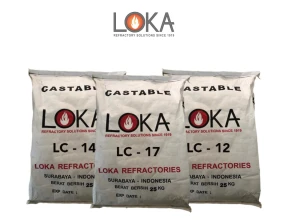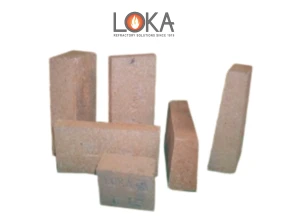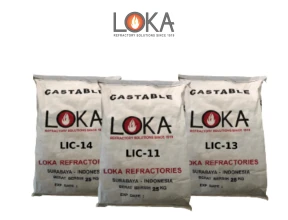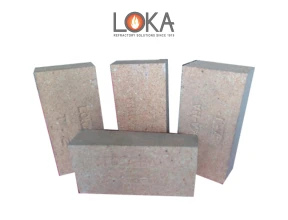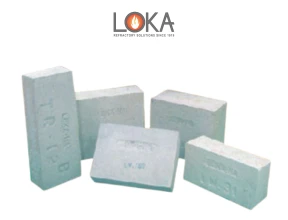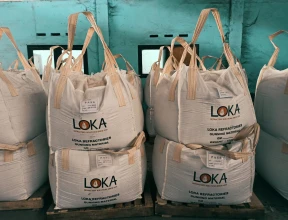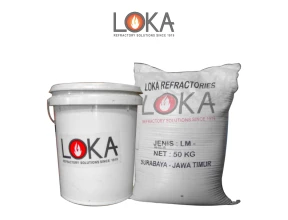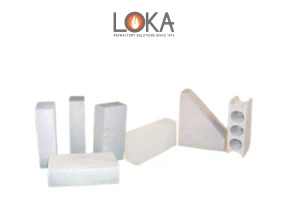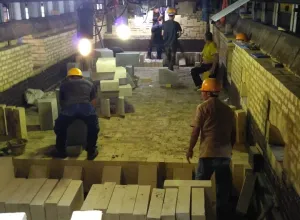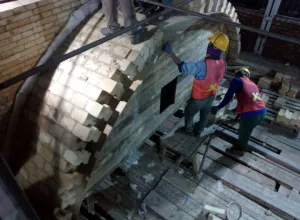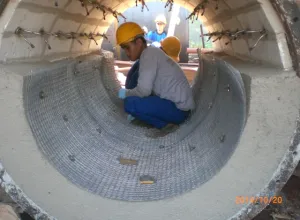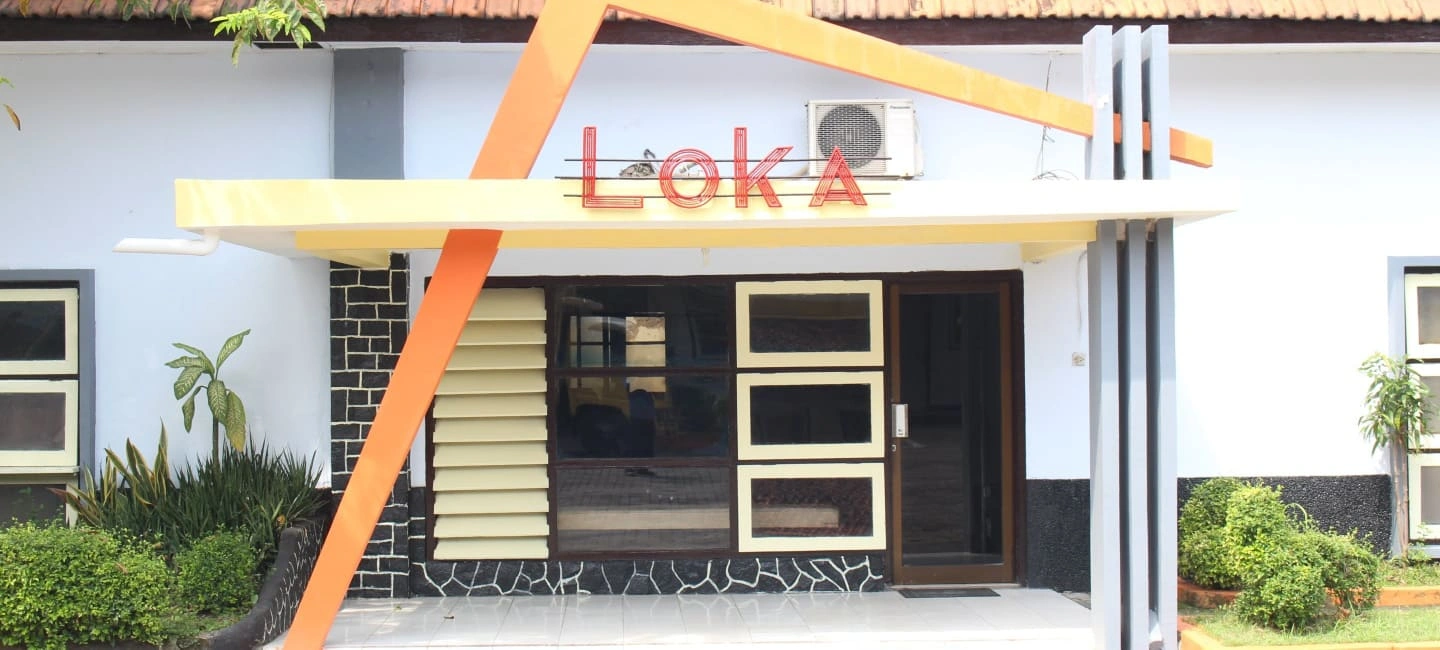
PT. LOKA REFRACTORIES WIRA JATIM
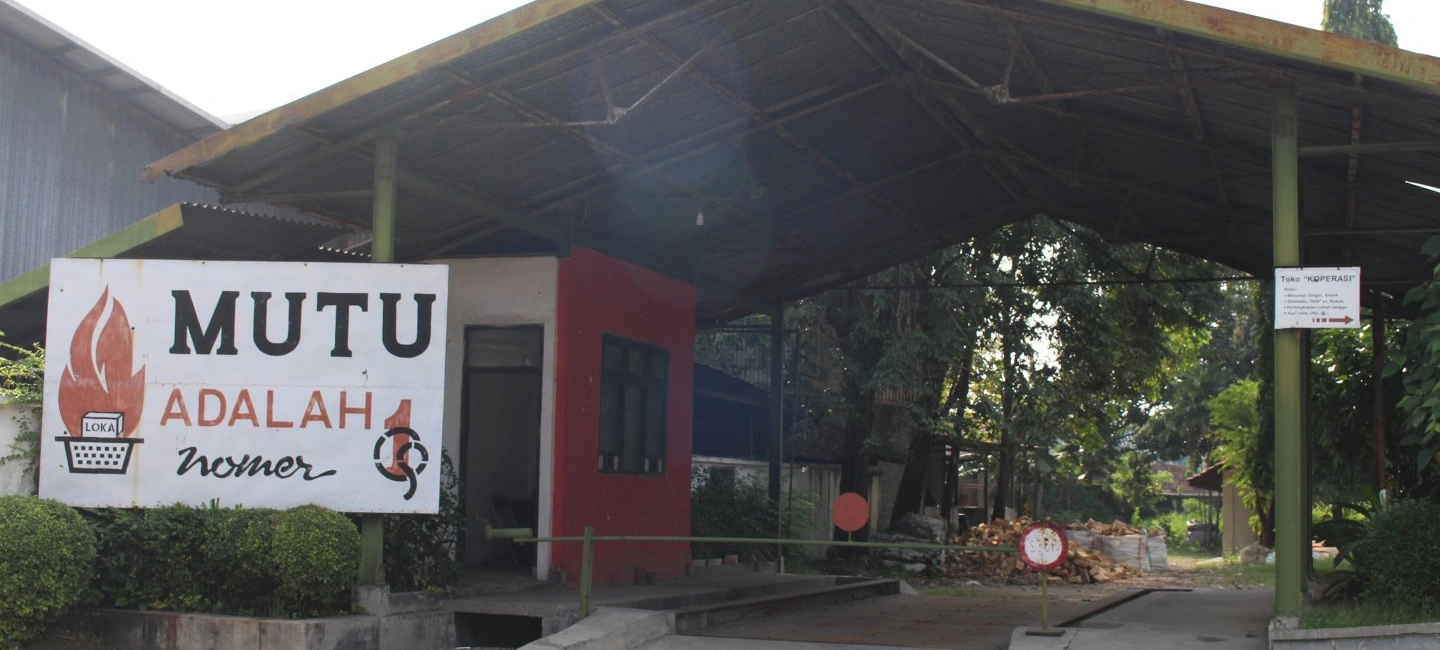
WE PRIORITIZE QUALITY


Solutions
Since
1919
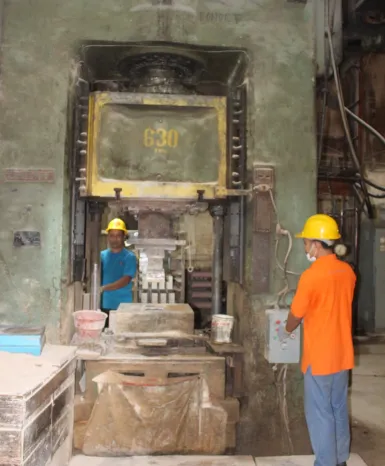
INDONESIA'S FIRST REFRACTORY MANUFACTURER


Product We Offer
News Update
 HUT Loka Refractories Wira Jatim ke-105
HUT Loka Refractories Wira Jatim ke-105Dalam kegiatan Tasyakuran hari jadi Loka yang ke 105 tahun pada tanggal 17 Januari 2024 PT. Loka Refractories Wira Jatim lebih kepada memberikan apresiasi terhadap Karyawan Teladan, Karyawan Purna Tugas dan pengangkatan karyawan tetap. Dengan adanya penghargaan terhadap karyawan teladan ini, diharapkan mampu untuk memotivasi karyawan yang lain untuk bisa memberikan kinerja yang jauh lebih baik lagi kedepannya.
Harapan untuk PT. Loka Refractories sendiri adalah dapat menjadi leader dalam Industri Refraktori di Indonesia.
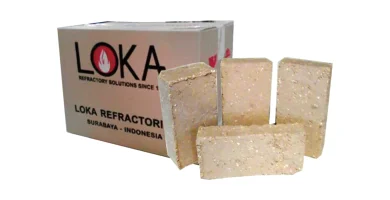 Plastic Material & Ramming Mix
Plastic Material & Ramming Mix Biasanya, kedua material tersebut diaplikasikan pada berbagai macam furnace dan boiler pada industri peleburan baja.
Meskipun cara pengaplikasiannya menggunakan alat yang serupa, kedua material tersebut memiliki perbedaan. Perbedaannya yaitu pada nilai workability index.
Apa itu workability Index (WI)? WI yaitu index penentu sifat plastis material refractory yang pemasangannya dapat dilakukan dengan rammer, gunner, atau vibrator.
Plastic material memiliki workability index lebih besar dari pada ramming mix. Plastic material memiliki nilai WI > 15% sedangkan nilai WI ramming mix < 15%.
Jika pada saat pengaplikasian sampel dengan kadar air tertentu menggunakan rammer terjadi keretakan atau pecah, hal ini menunjukkan bahwa bahan kurang plastis. Oleh karena itu nilai WI dapat digunakan dalam pengembangan material plastic dan ramming mix.
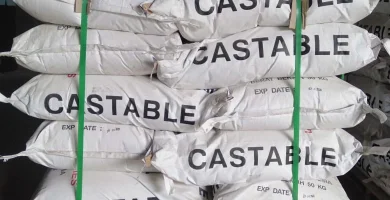 Pedoman Dryout Castable Konvensional
Pedoman Dryout Castable Konvensional· Setelah pemasangan castable, dryout harus dilakukan untuk menghilangkan kadar air sehingga umur lining castable lebih panjang.
Apa saja hal yang perlu diperhatikan saat melakukan dryout? Simak penjelasan dibawah!
Suhu
Suhu dimana bahan ditempatkan adalah hal yang paling penting. Amati prosedur yang direkomendasikan pemasok refraktori.
· Akses Burner
Rencanakan akses yang memadai yang memungkinkan penempatan pembakar kering sementara yang tepat ke dalam unit sehingga pengeringan atau pemanasan yang tepat dapat tercapai.
· Pembentuk
Pembentuk terutama bentuk kayu harus dihilangkan sebelum kering.
Sebagian besar bentuk jaraknya rapat dan cenderung menutupi atau mengisolasi hotface selama tahap kritis awal kekeringan pada suhu rendah.
Bahan kayu atau tabung yang menyala sekitar 230°C sehingga menciptakan suhu tinggi yang tidak terkendali kadang – kadang lebih dari 500°C dan yang mengakibatkan spalling castable dan atau runtuhnya lapisan plastik.
· Termocouples
Selama pemasangan refraktori adalah waktu terbaik untuk memasang termokopel yang tertanam ketika suhu antarmuka dari beberapa lapisan perlu diketahui untuk mendapatkan pemahaman yang lebih baik tentang kerusakan refraktori.
Demikian beberapa hal yang perlu diperhatikan saat melakukan proses dryout refractory jenis castable.



